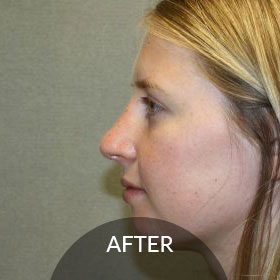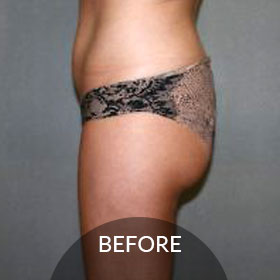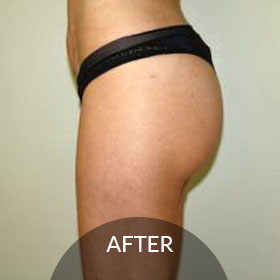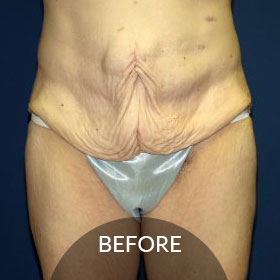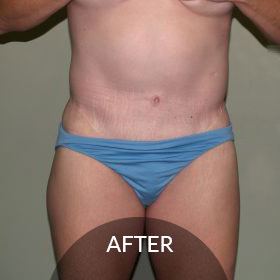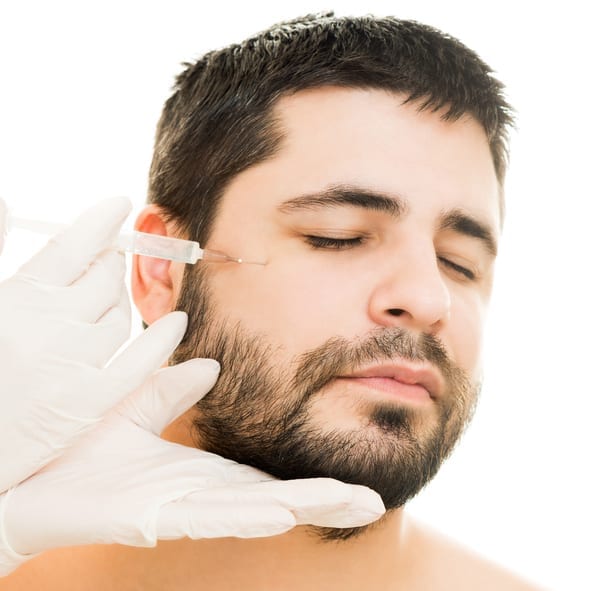Every year since it was approved by the FDA for the treatment of wrinkles on the upper third of the face, Botox has been the world’s most popular cosmetic procedure. Last year was no exception.
Botox is equally successful as a brand. You’d be hard-pressed to find a person in the U.S. who hasn’t heard of Botox and what it is used for. It’s right up there in brand recognition with Xerox or Band-Aids.
But there’s more to this popular neuromodulator. Botox has a bigger job in medicine than showing your 11s who’s the boss. And since it is a popular mainstay here at Dr. Fedele’s, we thought our clients maybe would be interested to know some other fun facts about Botox.
The Origins Or Botox
Most people know that Botox derives from the bacteria that cause botulism. That would be the Clostridium botulinum, the organism from which Botox is derived. That sounds kind of scary, but Clostridium botulinum can be found in its inactive form all through the natural environment, including in cultivated soil and forest soil, and in the sediment of lakes, streams, coastal and untreated waters. That must be why your Mom always told you to stop eating dirt!
Medicinal Uses
In 2002, when Botox first made its splash in the aesthetic world, it had already been a known commodity in the medical world for a few decades. In the 1950s, scientists discovered that the botulinum toxin type A, when injected in very small amounts, could make muscles temporarily stop contracting. Once they knew that, Botox was tested for a variety of different uses, anything where controlling muscle spasms was involved. It is now used for the following therapeutic applications:
- Blepharospasm (involuntary eyelid spasms)
- Strabismus (crossed eyes)
- Idiopathic rotational cervical dystonia (severe neck and shoulder muscle spasms)
- Chronic migraine headaches
- Urinary incontinence
- Overactive bladder
- Severe primary axillary hyperhidrosis (excessive sweating)
- Post-stroke upper limb spasticity
- Hemifacial Spasm
It is also used “off-label” for:
- Allergic rhinitis
- Achalasia (esophageal problems creating difficulty swallowing)
- Sialorrhea (hypersalivation)
- Hepatopancreatic dysfunction
- Cerebral palsy
- Laryngeal dystonia (forceful contraction of the vocal cords)
- Oromandibular dystonia (forceful contraction of the jaw, face, and tongue)
More About Botox
Back to its wrinkle-fighting mode, more than six million Botox treatments are given each year, far and away the most of any cosmetic procedure of any type.
Although Botox is by far the most popular brand, the botulinum toxin is also sold commercially under these other brand names: Vistabel, Dysport, Bocouture, Xeomin, and Myobloc. Dr. Fedele provides Botox in his practice.
Since you’re now a Botox expert, isn’t it time to put it to work addressing those crow’s feet and forehead lines? Call Dr. Fedele at (216) 464-1616 to schedule a consultation.





